Ranging from the shimmering Adriatic Sea to the rugged Dinaric Alps, the crashing waterfalls of Krka in the south to the rolling borderlands with Slovenia, Italy and Hungary in the north, Croatia is the backbone of the Balkan Peninsula and one of the real jewels of the Mediterranean Basin.Like much of Europe, Croatia boasts its share of medieval cities and historic ruins, but what makes this country exceptional is its wealth of stunning natural attractions such as the Plitvice Lakes, the spectacular Adriatic coastlines and gorgeous islands.
Discover the best places to visit in Croatia, from the historic streets of Dubrovnik and Split’s ancient palace to the natural wonders of Plitvice Lakes and the vibrant nightlife of Hvar Island. Explore the cultural richness of Zagreb, the picturesque charm of Rovinj, and the stunning beaches of Korčula. Experience the unique attractions of Zadar, the Roman heritage of Pula, and the tranquility of Mljet National Park. Croatia offers a perfect blend of history, nature, and culture for every traveler. Here are best places:

Korcula Island

It’s no secret that most travelers make a beeline to this sunny Adriatic island to wonder at the delights of its postcard-perfect old town, which perches over the rollers of the Med on the eastern coast, complete with a set of striking medieval towers and bulwarks and meticulously-planned breeze-kissed streets. However, head away from this marble-clad magnet of a town and you’ll discover a backcountry worth writing home about, where undulating forests of Spanish pine cascade down to secluded coves of pearly-white pebbles, where rustic fish restaurants dot the coastal paths and catamarans bob above the blue-green sea.
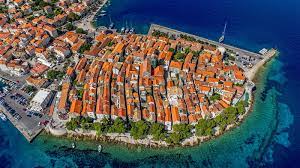
Plitvice National Park
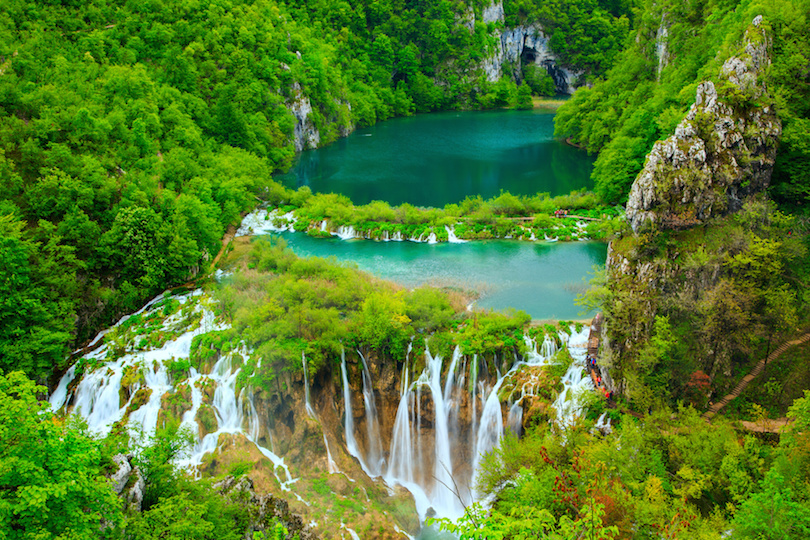
One of the most beautiful natural wonders in Croatia and all of Europe, the Plitvice National Park consists of several breathtaking lakes, waterfalls and lush forest. The park’s most notable features are the 16 interconnecting lakes that are divided into upper and lower clusters.
Formed by natural travertine dams, the lakes range in distinct colors from turquoise to blue, green and gray. Visitors can explore the lakes and surrounding area by walking along the assortment of wooden walkways as well as by boat.

Zagreb

Far away from the hotspots of the Dalmatian and Istrian coasts, Croatia’s capital sits nestled at the foot of the rugged Medvednica massif in the northern inland belt. An ancient city, Zagreb really only found its feet in the 19th and 20th centuries, when a great revival in Illyrian neoclassicism and Slavic art imbued the centre with the wealth of grandiose municipal buildings and Baroque spires still seen today. More recently and the enchanting Gornji Grad district has become a favourite amongst tourists in search of interesting churches and plazas thronged with local street performers during the summer. Oh, and then there’s the students and their concomitant nightlife; bubbling up every evening in the al fresco bars of Tkalciceva Street.

Dubrovnik

Nicknamed the “Pearl of the Adriatic,” the old city of Dubrovnik is one of the prominent tourist destinations of the Mediterranean. Located at the southern tip of Croatia off the Adriatic Sea, Dubrovnik was established in the 7th century on maritime trade. In spite of constant territorial threats from Venice and the Ottoman Empire, Dubrovnik flourished in the Middle Ages as a center of literature, art, science and education.
With orange rooftop houses sitting in contrast to the blue sky, Dubrovnik presents many sightseeing treasures. The historic district, the Old Town, is stuffed with many historic features such as the old, defensive walls, cobblestone streets, magnificent palaces and stunning churches. A must-see is the 15th century engineering marvel, Onofrio’s Fountain. At night, the Old Town is illuminated, giving it a romantic ambiance.
Just outside the Old Town are popular beaches like Banje and Lapad, which offers sunbathing, swimming and water sports. A ferry ride away is the island, Lokrum, with beaches, a monastery and botanic gardens.

Hvar

Hedonistic Hvar town and its fun-loving following of students, Club Med types and coffee-culture-mad locals makes plenty of noise from its seat at the end of its eponymous island on the edge of the Dalmatian Coast. Yes sir, this pretty spot is home to a sun-splashed harbourside (known locally as the Riva), where cabana bars and open-air cocktail joints rumble until the early hours next to bobbing millionaire yachts. Meanwhile, the winding marble-stone streets of the Stari Grad offer oodles of refined konobas, where mezze plates of Croatian olive oils mix with truffle pastas and the like. And when you can pull yourself away from the city, the hiking trails and beaches beckon, hitting their peak with secluded coves and pine-shrouded paths on the Pakleni Islands nearby.
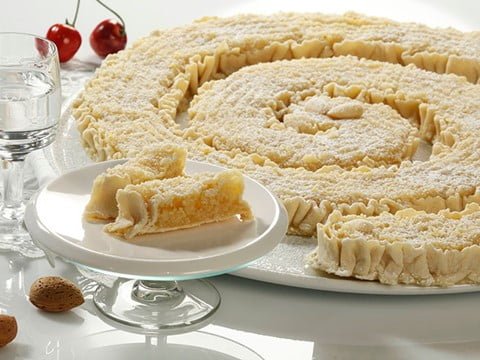
Pula
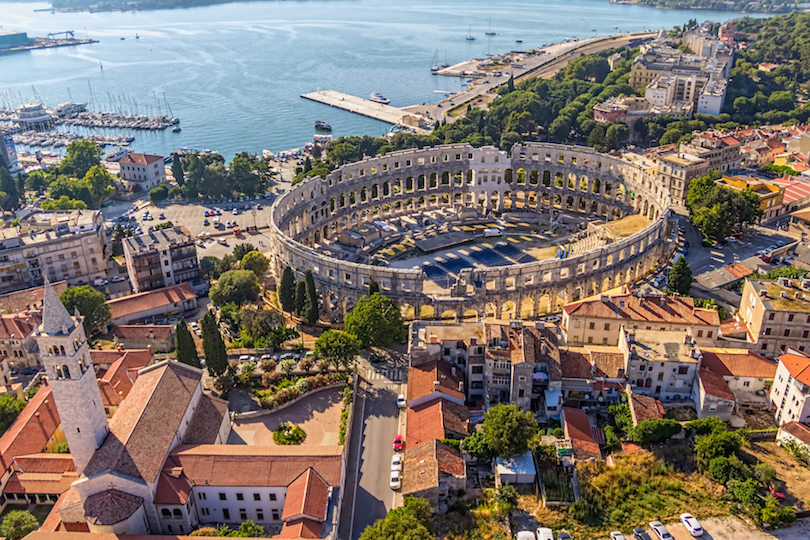
Located at the southern tip of the Istria peninsula in the Adriatic Sea, Pula is a popular destination that has been attracting tourists as far back as ancient Roman times when fans flocked the city’s amphitheater to watch gladiator fights. Having been ruled by various government powers over the centuries, Pula today belongs to Croatia, and is best known for its wealth of Roman ruins and mix of cultures.
Pula is a vibrant city offering plenty to see and do. The city’s star attraction is the 1st century Roman amphitheater. Known as the Arena, the amphitheater is one of the largest and best-preserved of its kind in the world. Every July, the Arena is host to the Pula Film Festival. Other significant historic structures include the old city gates, arches, monasteries, a Byzantine chapel, a Venetian fortress and the Forum, the city’s main square, which is surrounded by Roman architecture and temples.
Pula’s natural beauty of rolling countryside and sun-kissed beaches offer outdoor fun and adventure. The nearby Brijuni National Park and farming villages are also great places to visit, while the turquoise coastal waters and sandy beaches offer fishing, sailing, swimming, snorkeling and diving among ancient vessels and World War I warships.

Dubrovnik

Dubrovnik rises between the half-baked limestone ridges of the Dalmatian Coast and the perfect blue of the Adriatic Sea; a ring of stone-built fortifications and a dash of red-tiled roofs that’s hailed by many as the most fascinating city in all of Croatia. All the action centres on the beautiful, UNESCO-attested Old Town, where the Gothic edifices of Sponza Palace tower over the bustling boutiques and cafes on the central drag of Placa Stradun. Tours around the crumbling city bulwarks are really popular, while others come to seek out the filming spots used in HBO’s Game of Thrones. There’s also Lapad Beach for a spot of sunbathing, and the much-vaunted Dubrovnik Cable Car for sweeping views over the city and the coast.

Rovinj
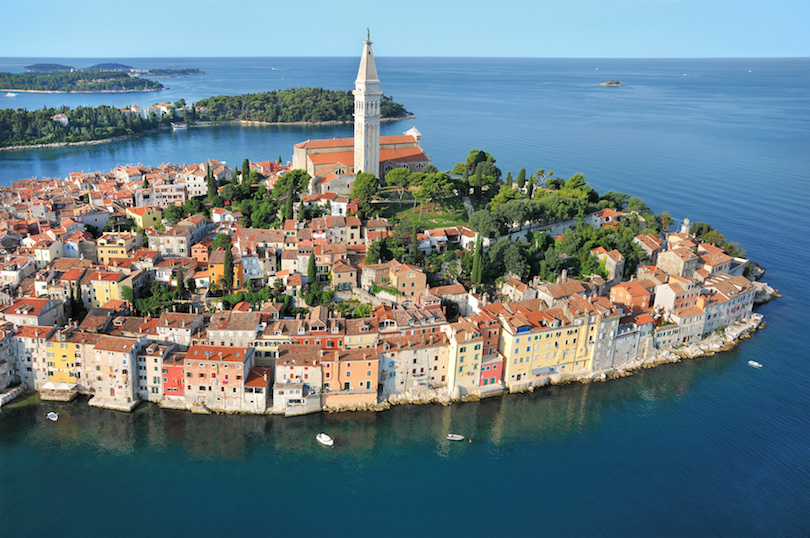
It may appear to be a quiet fishing village on the surface, but Rovinj’s old world charm and surrounding natural beauty make it a leading tourist destination. Located on Croatia’s Istrian peninsula in the Adriatic Sea, Rovinj is an archipelago of 20 islands with its Old Town set on a small peninsula. Historic sites, beautiful landscapes, fabulous dining and modern tourist facilities are just some of Rovinj’s many treasures.
Narrow streets of cobblestone, stairways, arches and other interesting architecture make the Old Town a sightseeing adventure. Some of the Old Town’s historic gems include seven medieval city gates, the 12th century town clock, the Balbi Arch and St. Euphemia’s Basilica, an imposing baroque church packed with many stunning art works. Also worth seeing are the Valdibora Farmer’s Market, the scenic harbor, Carrera Street with its many shops and art galleries, and Grisia Street, which is lined with artists and souvenir vendors.
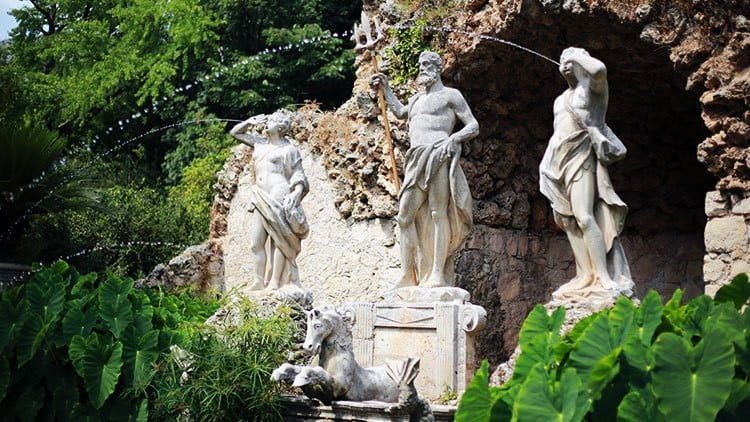
Split

Nicknamed the “Mediterranean Flower,” Croatia’s second-largest city, Split, is located on a peninsula off the Dalmatian Coast. Its old Roman architecture and orange-roofed houses create a striking contrast with the turquoise sea and dramatic coastal mountains. Abundant sunshine, impressive sights, dining and nightlife all make Split a popular tourist destination. What’s more, the buzzing city serves as a transportation hub to many of the Adriatic islands.
The city’s main attraction is its historic core of beautiful Gothic and Renaissance architecture of which the Diocletian’s Palace is the crown jewel. Built between 298 and 305 AD, this Roman Emperor palace complex is more like a small city itself with a maze of marble walkways and buildings containing shops, cafes and bars. Inside the palace are many other striking structures like St. Duje’s Cathedral, Jupiter’s Temple, Peristil Square and two original Egyptian sphinx monuments.
Outside the historic center, tourists will find plenty to see and do including strolling along the seaside promenade, shopping at the lively Green Market, swimming at Bacvice beach, hiking and cycling on the scenic Marjan hill and watching football at the Poljud Stadium.

Mljet Island

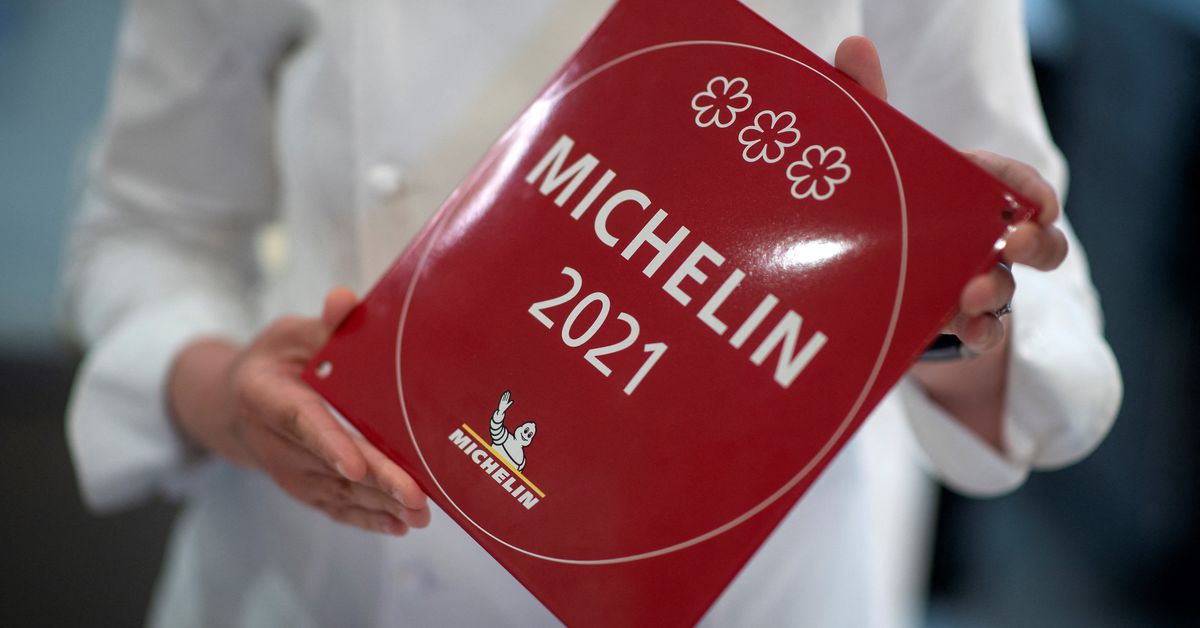
Wild, rugged and untouched, Mljet remains the Adriatic island of choice for travelers in search of the real coastal Croatia. It comes clad in a thick coat of woodland, steeped in ancient Greek legends (a cave on the south coast is supposedly where Odysseus held up for six years!) and peppered with the occasional cellar door where tanned locals cultivate their own vineyards between the pines. However, the piece de resistance of this sun-splashed isle has to be the designated Mljet National Park on the eastern tip; a picturesque swathe of coastal forests where the Veliko and Malo salt lakes carve through the landscape and a majestic Benedictine Monastery draws the eye.

















